Food costs continue to fluctuate, so we asked readers if they’ve changed how they shop and cook.

Shoppers are finding smart ways to keep their grocery costs low, like buying in bulk and making typically store-bought items at home.Jessica Attie for The New York Times
With grocery costs in flux as a result of inflation, tariffs and other factors, it can feel like eating well means you have to spend a fortune. But our clever readers prove that that’s not the case. We asked them if they have changed how they shop and cook. Below are some of their smart, money-saving tips.
1. Cook a pantry meal before you go shopping.

Pajeon is especially forgiving and can accommodate just about any vegetables you have on hand. Linda Xiao for The New York Times. Food Stylist: Barrett Washburne.
“Once a week, we’ll do an unplanned pantry dinner that involves groceries we have instead of groceries we need to buy.”
Before you make yet-another trip to the grocery store, take stock of what’s in your pantry, fridge and freezer to ensure that nothing goes to waste. Soups, pastas and fried rice are a great way to use up those leftover bits and bobs of meat and vegetables you have on hand. And Melissa Clark recommends leaning on bright, bold pantry staples, such as anchovies, chile paste, salsa or Dijon mustard, to turn everyday staples into something wonderful.
Highly Pantry-Friendly Recipes
Vegetable Pajeon | Chickpea Harissa Soup | Midnight Pasta With Garlic, Anchovy, Capers and Red Pepper
2. Avoid the center of the grocery store if you can.
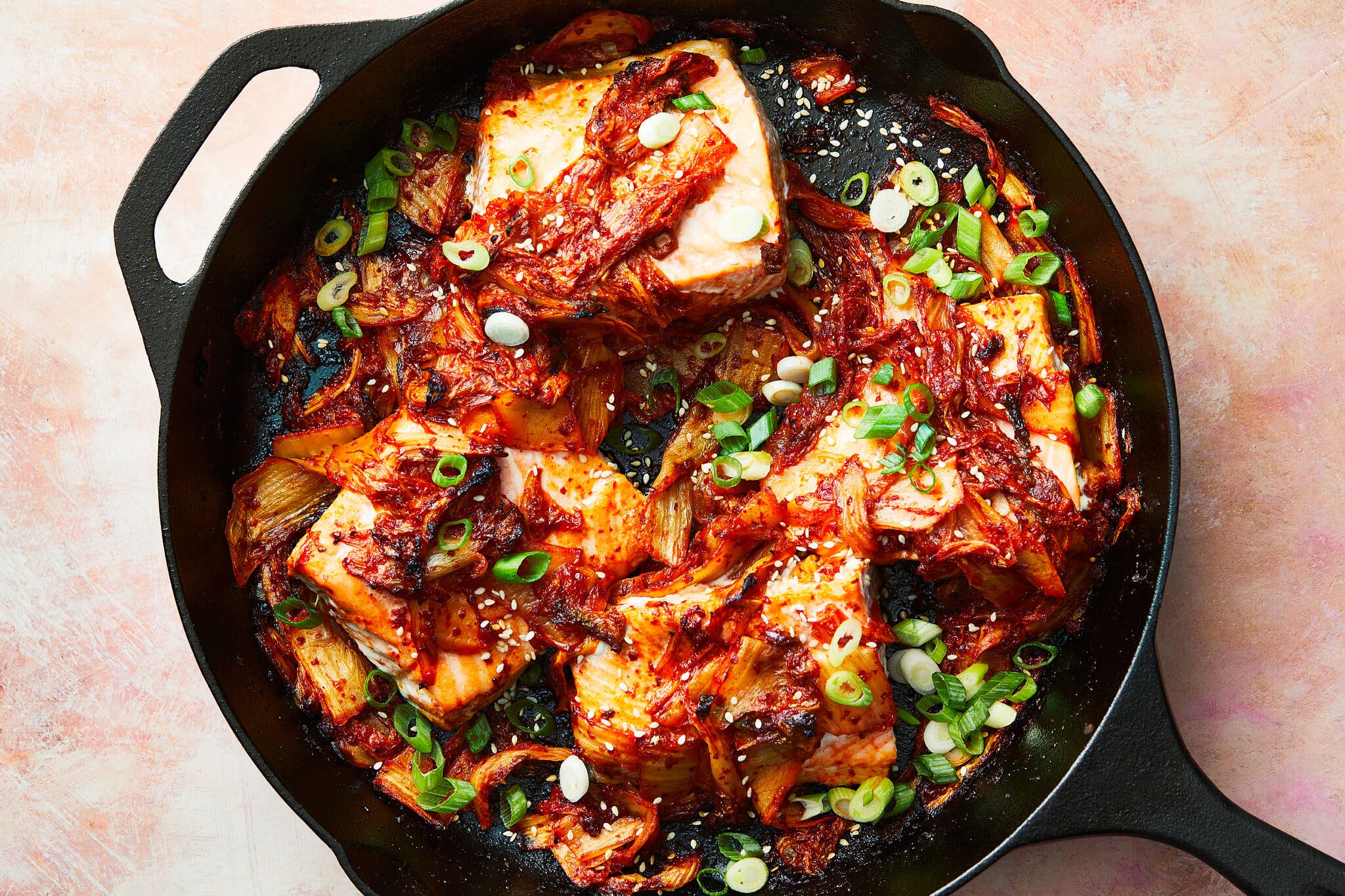
Just five ingredients are needed for this one-pan dinner: salmon, butter, sesame oil, sugar and kimchi. Armando Rafael for The New York Times. Food Stylist: Cyd Raftus McDowell.
“I have focused on buying for meals! Ingredient shopping only!”
Shop with a list — and keep to the list. To resist impulse purchases, one reader keeps to the edges of the grocery store, avoiding the packaged food in the center of the store as much as possible.
Five-Ingredient Recipes
Tomato Rice With Crispy Cheddar | Five-Ingredient Creamy Miso Pasta | Salmon and Kimchi Skillet
3. Plan multiple meals around one main ingredient then vary the surrounding flavors.

Beans are a home cook’s secret weapon: They’re easy, hearty, economical and can be tucked into just about any dish.Linda Xiao for The New York Times. Food Stylist: Monica Pierini.
“We started saving by meal planning with a theme. We repeat ingredients as much as possible. We try to make a game of finding as many different flavors out there that use the same ingredients so we still get a variety throughout the week.”
Repeating ingredients doesn’t mean you’re cursed to eat the same protein, grain and vegetable every day. That would be so sad, so boring! A big pot of black beans can be tucked into burritos for breakfast, served over rice for lunch and loaded onto cheesy baked sweet potatoes for dinner. Sausages can be baked into a buttery breakfast casserole, pan-seared with peppers and onions or cooked in a quick skillet pasta with your chosen green veg.
Multi-Purpose Recipes
Chili | Sausage With Peppers and Onions | Baked Potatoes
4. Buy on-sale items and freeze in servings.
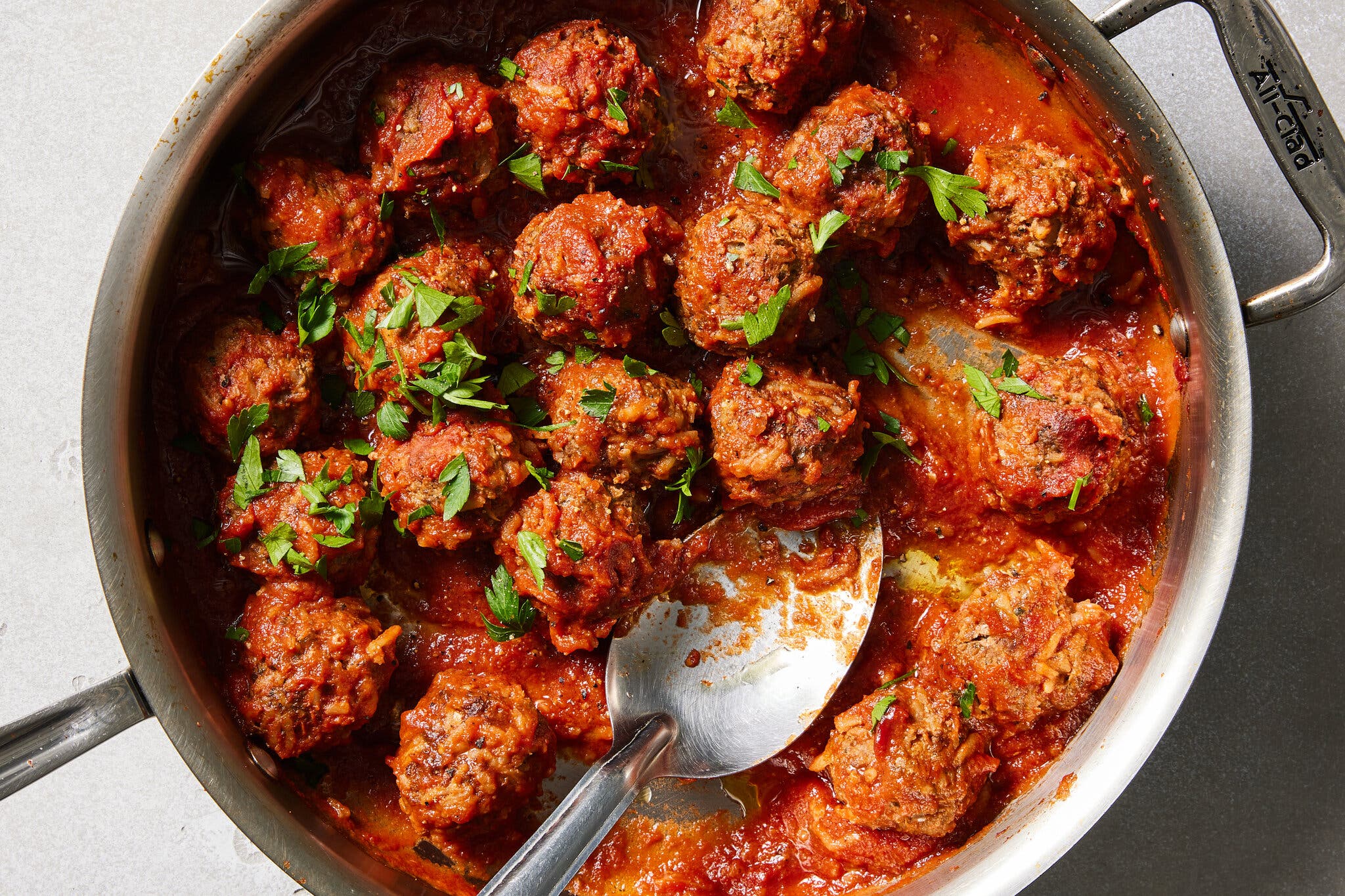
To stretch ground meat further, you can add rice to make porcupine meatballs, a dish that became popular during the Depression.Christopher Testani for The New York Times. Food Stylist: Simon Andrews.
“I’ve long bought the chopped beef I prefer on sale and package it up by servings or recipe amounts for burgers, meatballs, meatloaf and freeze it.”
Taking advantage of lower prices on certain ingredients when you see them may lead to meaningful savings. Ground beef, chicken, pork and turkey all freeze well.
Ground Meat Recipes
Creamy, Spicy Weeknight Bolognese | Porcupine Meatballs | Easy Turkey Meatloaf
5. Shop more often.
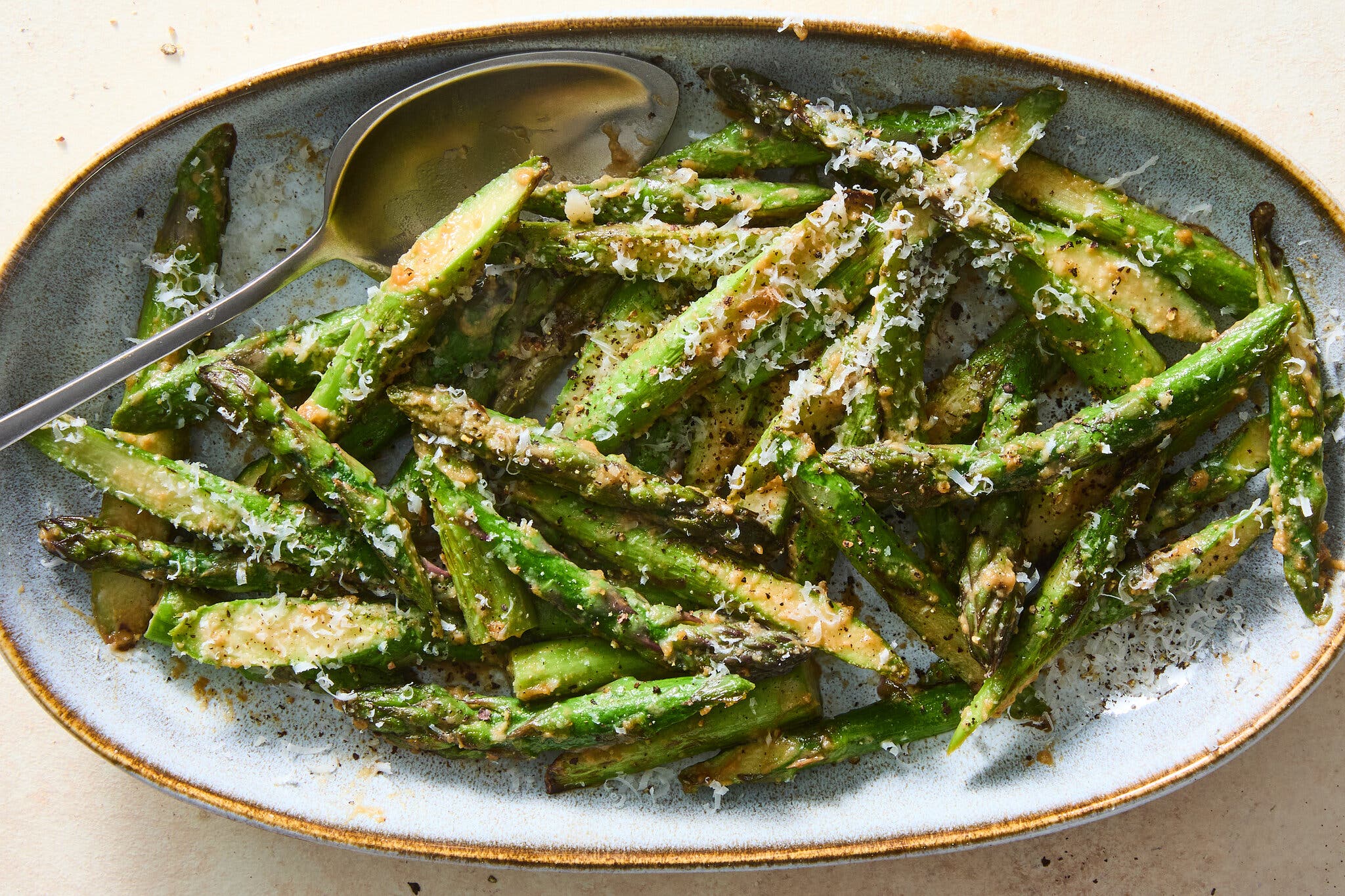
Shopping regularly means you can take advantage of whatever beautiful produce the season has to offer. Julia Gartland for The New York Times. Food Stylist: Samantha Seneviratne.
“I go to the grocery nearly daily now to buy produce and pretend I’m Emily in Paris! I found I was wasting a lot of beautiful produce by guessing what I was going to cook and then pivoting in another direction.”
It may seem counterintuitive, but making more frequent, intentional trips to the supermarket instead of one big trip can reduce the likelihood that you’ll waste food. Going more often also ensures that you can peruse the freshest items that the market has to offer, and plan your menu accordingly.
Recipes That Make Use of Seasonal Produce
Miso-Parmesan Asparagus | Creamy Corn Pasta With Basil | Quick Fresh Tomato Sauce
6. Respect the rotisserie chicken.
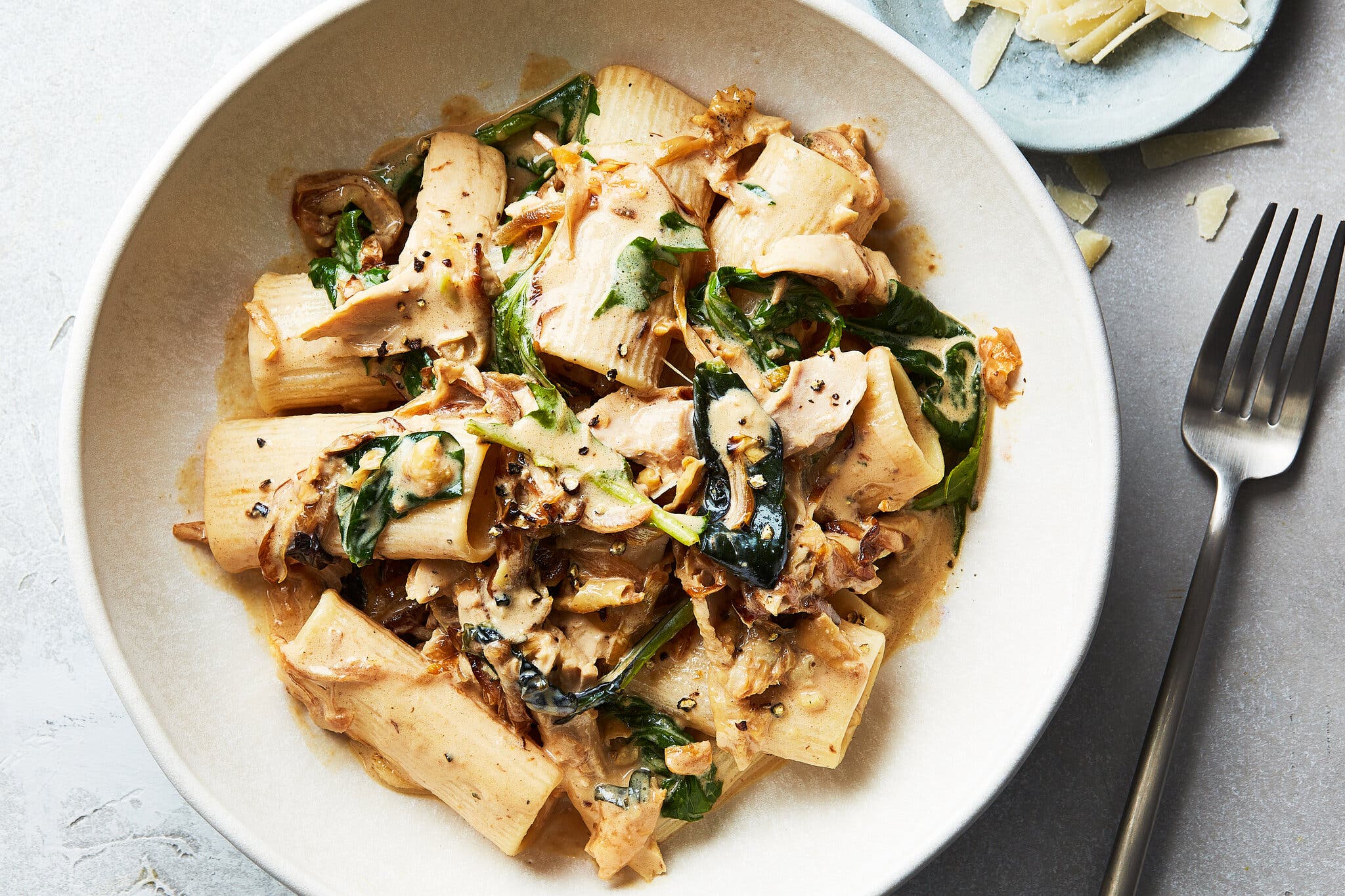
Rotisserie chicken is a hearty addition to suppers, like this delicious pasta from Christian Reynoso.Armando Rafael for The New York Times. Food Stylist: Cyd Raftus McDowell.
“When I was a student on a restricted budget, I learned to stretch a whole chicken over a week of meals.”
Brilliant! Meat from a store-bought rotisserie chicken — or a simple, homemade roast chicken — is a hearty addition to salads, pastas, soups and stews. Save the leftover bones and make chicken stock to freeze.
Rotisserie Chicken Recipes
Rotisserie Chicken and Greens Pasta | White Chicken Chili | Crispy Wonton Chicken Salad
7. Don’t buy it; make it.
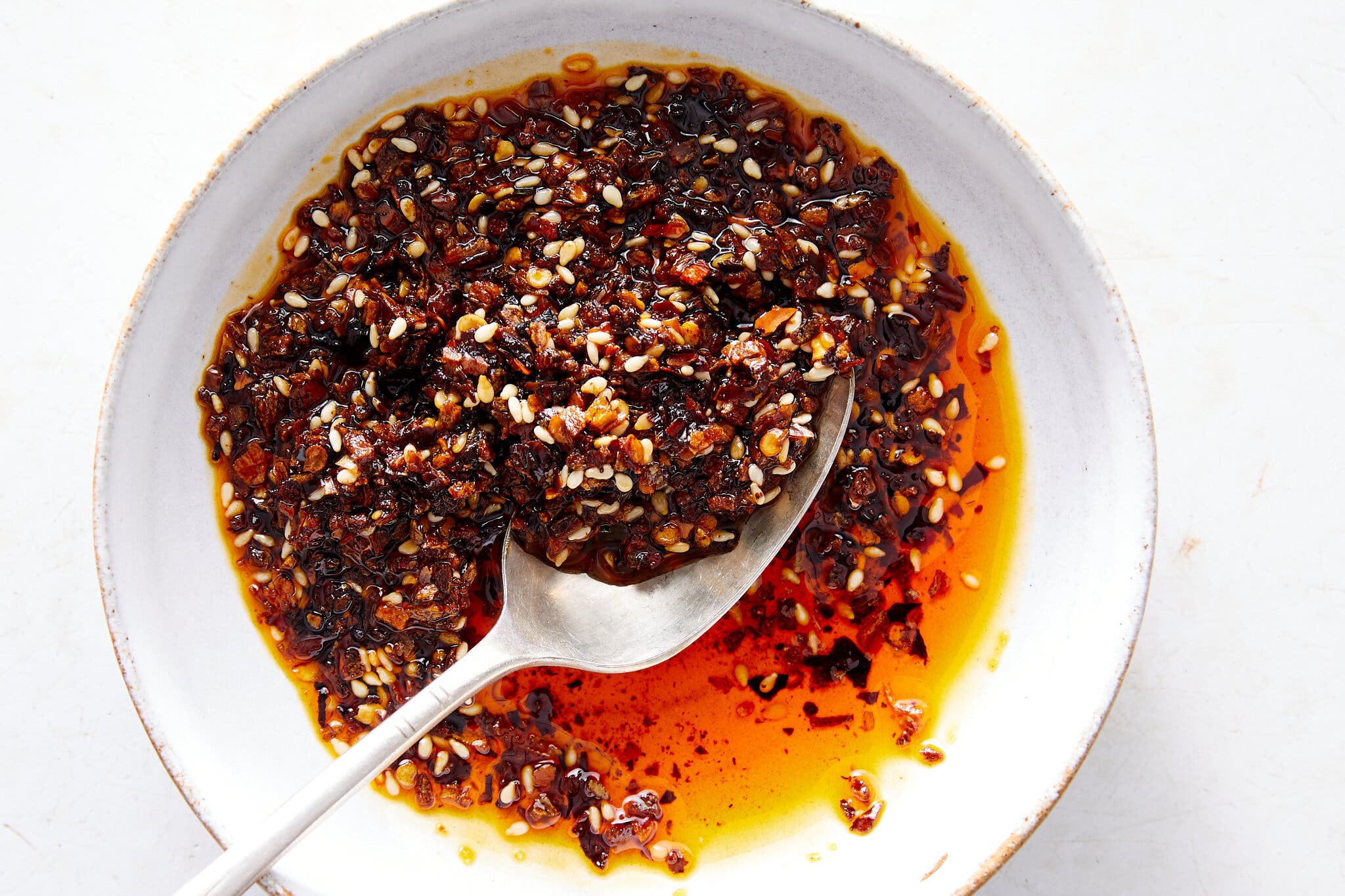
Quick from-scratch condiments, like this 10-minute chile crisp, are often cheaper than store-bought and surprisingly easy to make at home. Ryan Liebe for The New York Times. Food Stylist: Victoria Granof.
“I’m making my own chile crisp, which is not at all difficult, as it turns out. Last week we polished off three ounces of my homemade stuff in ONE MEAL.”
Lots of basic grocery staples are cheaper and surprisingly easy to make at home: yogurt, for instance, bread, granola and more. You may even find that you prefer the taste and the quality of the homemade stuff, which you can customize to your taste. Readers also wrote in about multi-cookers like the Instant Pot, which quickly and efficiently cook beans from dried without the need for a lengthy soaking process.
Things You Should Make, Not Buy
Focaccia | Chile Crisp | Pancake Mix
8. Cheaper doesn’t mean less flavor.
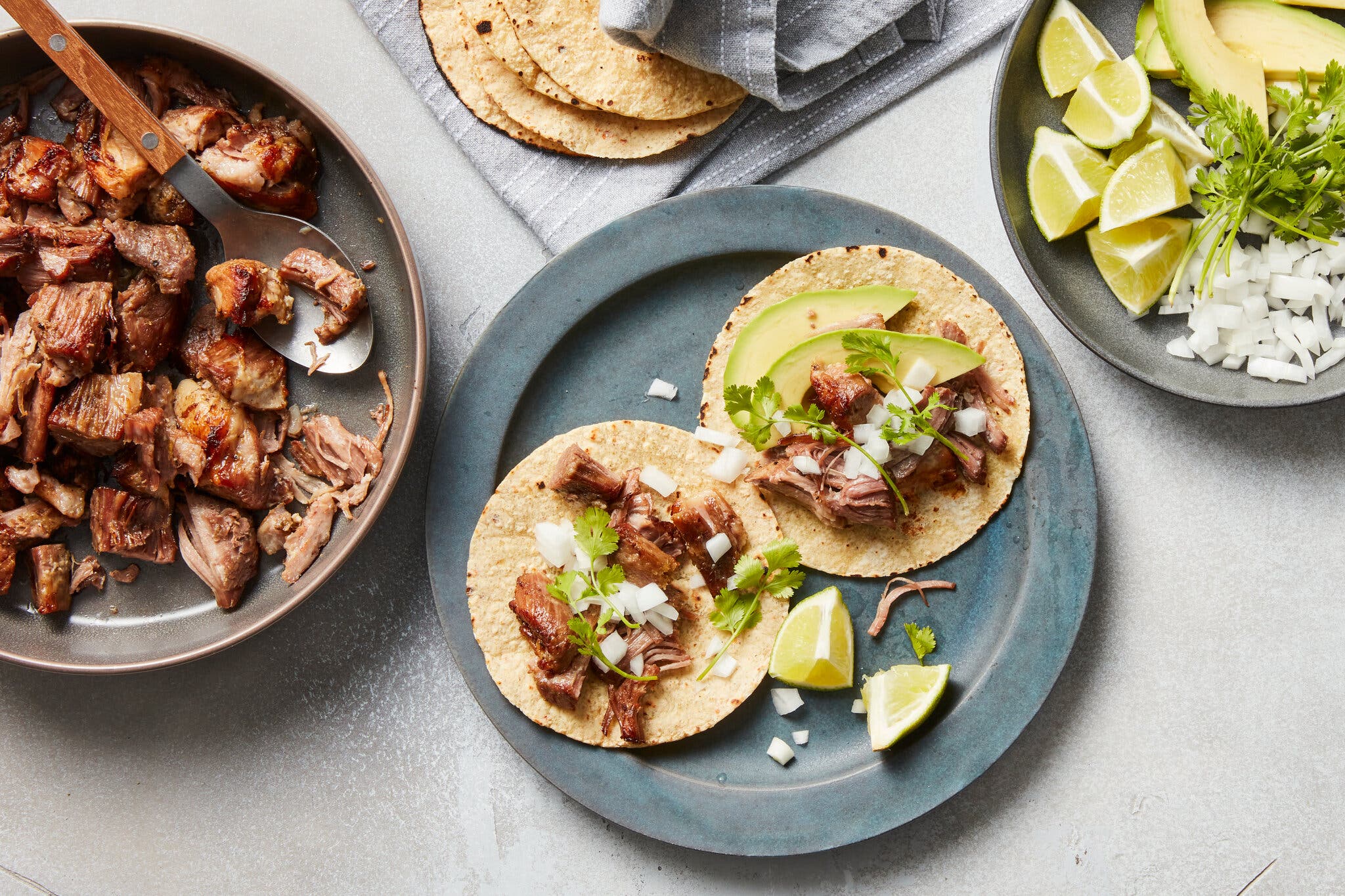
Braised dishes like carnitas transform cheaper cuts of meat into fall-off-the-bone magic.Christopher Testani for The New York Times. Food Stylist: Monica Pierini.
“A less-expensive item isn’t innately less delicious, and dark meat chicken is the best example of this. Swap a chicken breast with a chicken thigh any time, and you’re definitely going to have a richer, more tender dish.”
Consider cheaper cuts of meat like chicken thighs or drumsticks, chuck roast, pork shoulder or shank. You may find you like them even better, especially in braised dishes like pot roast, carnitas and ropa vieja.
Braised Recipes
Pressure Cooker Pot Roast | Slow Cooker Honey-Chipotle Chicken Tacos | Ropa Vieja
9. Eat less or no meat

This hearty, pesto-inspired meal proves that eating vegetarian doesn’t mean skimping on flavor or satisfaction. David Malosh for The New York Times. Food Stylist: Simon Andrews.
“I cook a lot of cannellini bean recipes. This is great cost saver, and I’ve learned to spruce them up with pesto, red sauce, etc.”
Meatless Mondays are an opportunity to experiment with plant-based proteins like tofu and beans, which are endlessly versatile. Some of our most popular recipes, like these creamy, spicy tomato beans and greens, are fast, easy to prepare and delicious — all in part because they’re vegetarian.
Cheap Vegetarian Recipes
Beans and Greens alla Vodka | Pesto Beans | Kung Pao Tofu
10. Buy in bulk
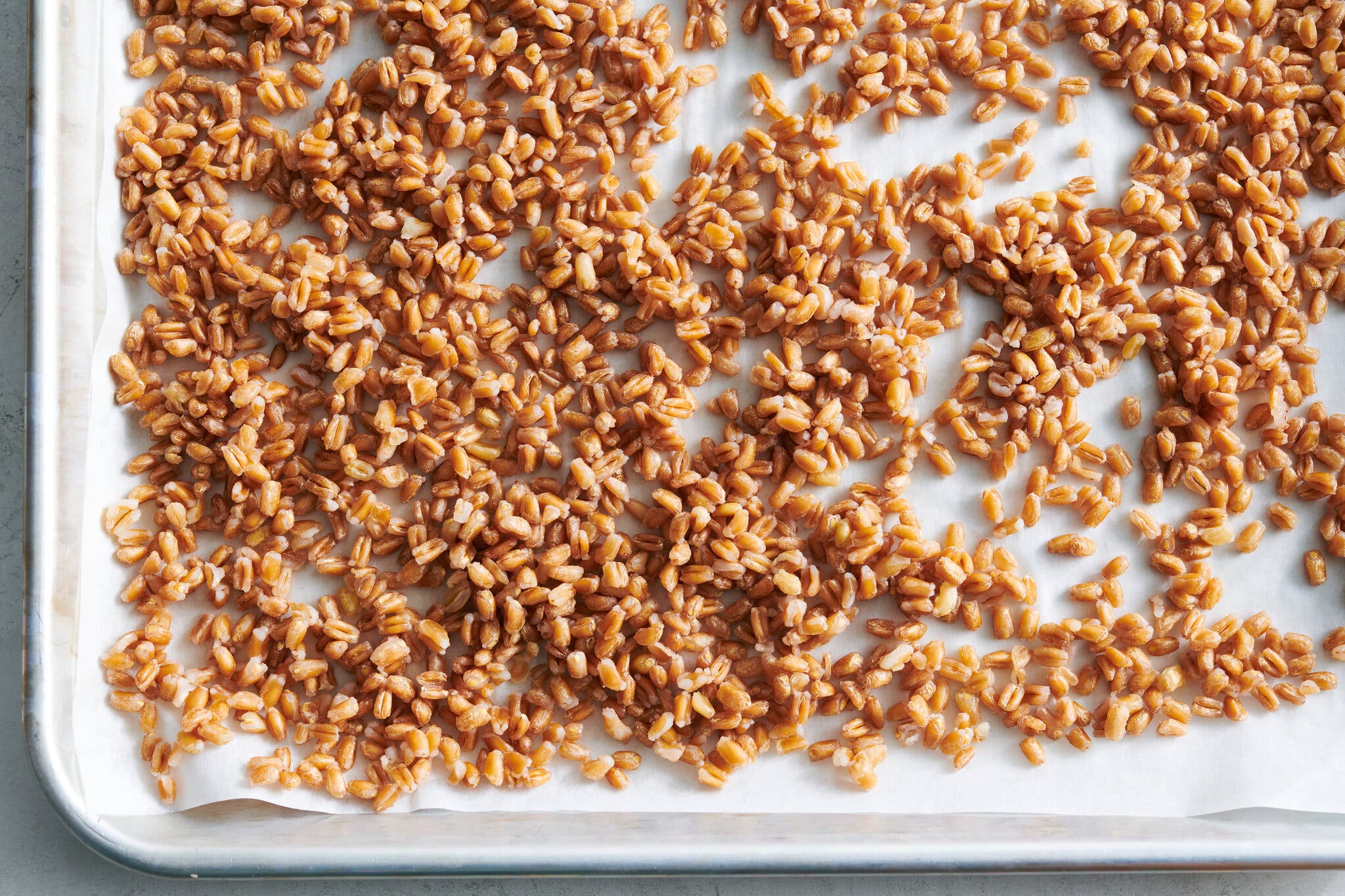
Cooked grains can add heft and pops of texture to many meals.David Malosh for The New York Times. Food Stylist: Simon Andrews.
“Buy basics (flour, sugar, rice, pasta, oats) in bulk and use it!”
It may be obvious, but buying in bulk not only ensures that you save on grocery costs. It also assures that you’ll always have ingredients for a meal. Rice, for example, freezes well and can be a main, a side or a dessert.
Recipes for Staples
Big Pot of Beans | Farro | Can’t-Miss Rice
11. If you have the space, grow your own food.
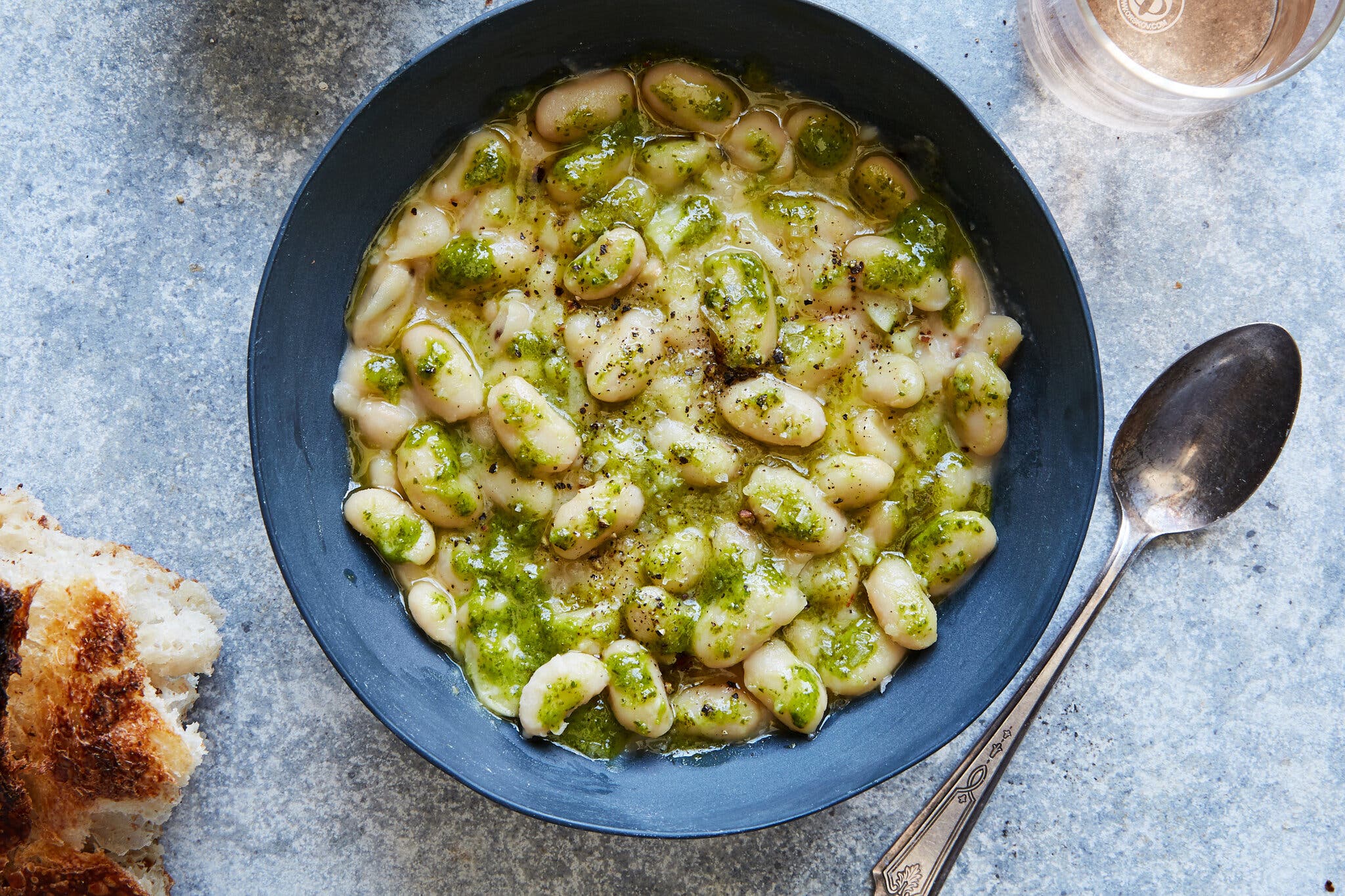
A quick and easy herb oil allows you to enjoy your homegrown herbs whenever the mood strikes. Linda Xiao for The New York Times. Food Stylist: Sarah Jampel.
“We’re growing herbs to reduce waste, cost and add convenience when cooking.”
Many wrote in about the cost-saving (and therapeutic) virtues of having a garden. Homegrown herbs, whether fresh or frozen, can elevate a meal exponentially, and many, like mint, dill, thyme and scallions, are easy to grow on your kitchen counter, even in urban kitchens. (Here’s how to store and extend the life of your herbs.)
Recipes for Using Up All of Those Herbs
Creamy White Beans With Herb Oil | Uchucuta Sauce (Andean Green Herb and Chile Sauce) | Greek Goddess Dip
12. Lean on community resources.
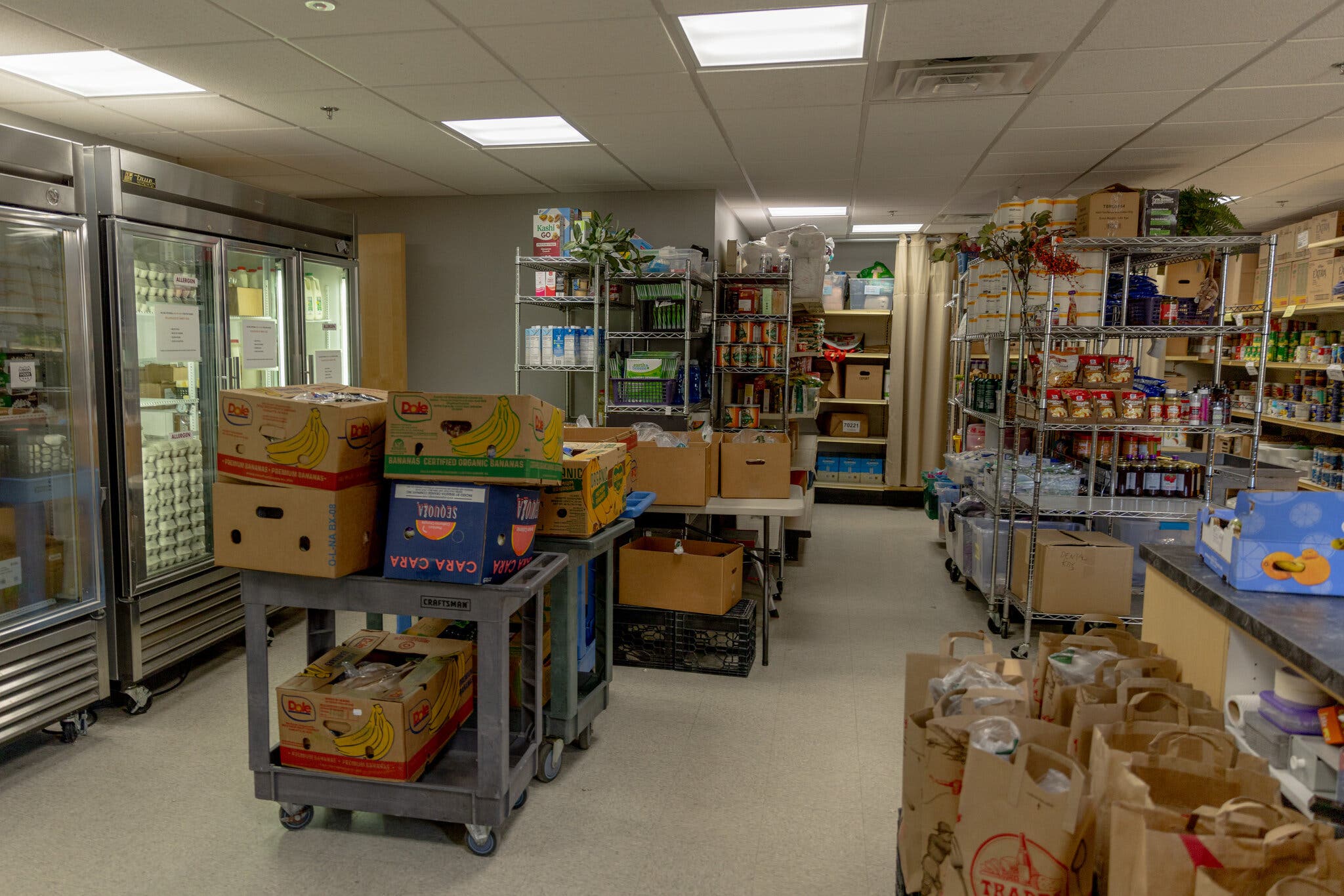
Food banks, community fridges and church pantries can be a big help to those in need.Cassandra Klos for The New York Times
“Once a month I utilize my local food bank. A blow to my ego for sure. Nevertheless, I’m grateful.”
Some readers — especially those living on a fixed income — rely on food banks, community fridges and pantries to help them get by. Feeding America is a website that helps you find a food bank in your area by plugging in your ZIP code. You can also call a local church or community center.






